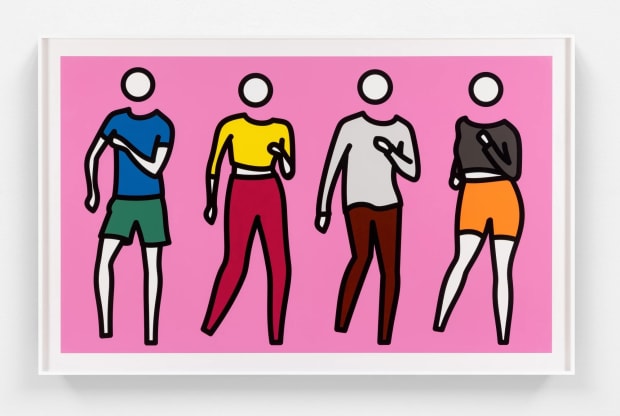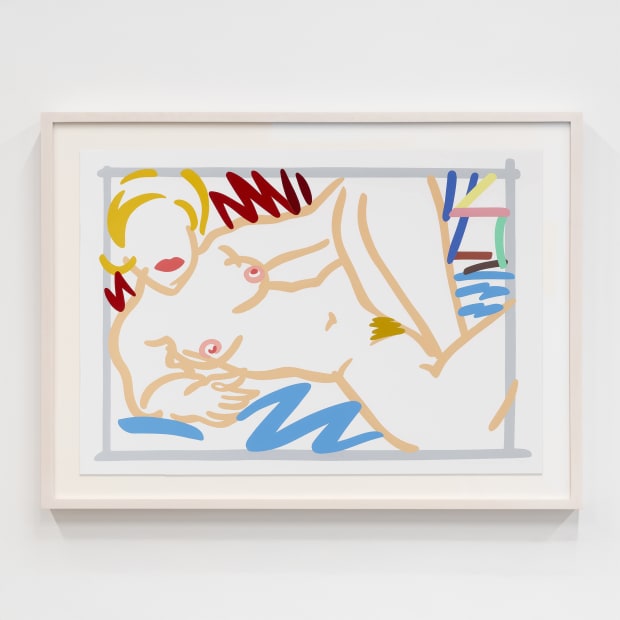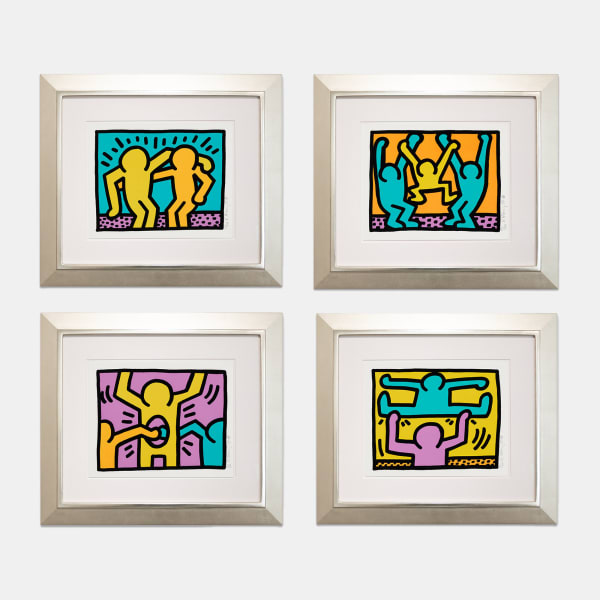-
Pop Art and the American Tradition explores how the dynamic spirit of Pop Art has been reimagined and repurposed by artists across different eras, from the 1960s to today. Born in the mid-20th century, Pop Art revolutionized the art world by breaking down the boundaries between high culture and mass media. Its vibrant colors, commercial iconography, and irreverent humor challenged the conventions of fine art, capturing the essence of consumerism, celebrity, and everyday life.
-

-
-
"I began working with the imagery of mass culture because I saw it as an untapped resource. I was intrigued by its boldness and its ability to speak directly to the viewer. I wanted to bring that quality into the realm of fine art, to show that the imagery of commercial advertisements and billboards had as much value as traditional painting. In fact, I saw these everyday objects as being more authentic and more representative of modern life than anything in the classical tradition."
- Tom Wesselmann
-

-
-
-

Andy Warhol
Mick Jagger FS II.142, 1975Screenprint
43 x 29 in.
109.2 x 73.7 cm.
Edition of 250 -

Andy Warhol
Mick Jagger FS II.147, 1975Screenprint
43 x 29 in.
109.2 x 73.7 cm.
Edition of 250 -

Andy Warhol
Mick Jagger (F. & S. II.140), 1975Screenprint
43 1/2 x 29 in.
110.5 x 73.7 cm.
Edition of 250 -

Andy Warhol
Queen Elizabeth II of The United Kingdom (F. & S. II.335A), 1985Screenprint in colours on Lenox Museum Board
39 3/8 x 31 1/2 in.
100 x 80 cm.
From the edition of 5 PP
-
-
"Pop Art represents the challenge to traditional notions of what art is, where it comes from, and how it should be consumed. Its primary subject matter is the culture of mass production and mass media—the imagery of advertisements, comic strips, packaging, and consumer products. Pop artists created a new language of art that was both critical and celebratory, using the very tools of the culture they sought to represent. In doing so, they blurred the line between what was considered 'high' culture and 'low' culture, elevating the mundane and the commercial to the level of fine art."
- Lawrence Alloway
-
-
-

Claes Oldenburg
Floating Three-Way Plug, 1976Color spit-bite aquatint, etching, and soft-ground etching On Arches 88 paper
49 x 38 in.
124.5 x 96.5 cm.
Edition 60/60 -

Claes Oldenburg
Geometric Mouse, Scale E, "Desktop", 2013Painted aluminum sculpture on painted aluminum base
6 1/2 x 8 1/4 x 6 1/2 in.
16.5 x 21 x 16.5 cm.
Edition of 50 -

Claes Oldenburg
Screwarch Bridge, 1980Hard-ground etching, spitbite sugar-lift aquatint on cream, slightly textured Arches roll paper
250 1/2 x 115 1/2 cm.
50½ x 23½ in. (plate)
31¼ x 57¾ in. (sheet)
Edition 15/35
-










